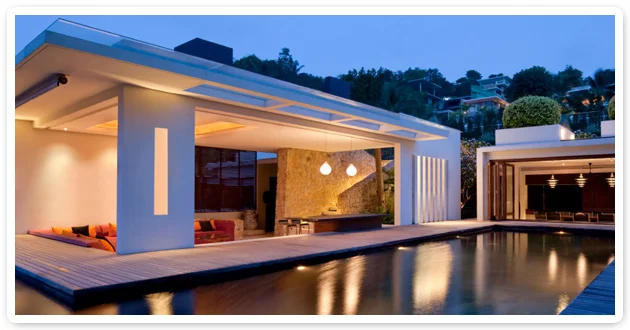Dynalite system is a modular design, which can be installed into any building plans controlling all situations and areas. The system is uniquely designed so that at any stage you can upgrade and expand your system anytime without disruption to the existing system.
Dynalite have a lot of features to benefit the needs of the customer. The advanced time scheduling enables pre-defined system state changes such as lights on/ off or sensor enable/ disable, as well as dimming levels to occur automatically at set times or at a variable time relative to sunrise and sunset. It has a live monitor that displays the energy consumption data and a report manager allowing the system to generate reports for hardware status, energy consumption and DALI emergency lighting performance. This can report accurate reporting of the energy usage. The multipurpose sensors include occupancy detection which can set to turn off or dim down an area once it has be unoccupied for a specified length of time. The multipurpose sensors are also what detect the light level, which allows different areas to adjust accordingly delivering the best result to energy saving for the building or house.
Philips Dynalite wants customers to enjoy the approach that no two lighting systems are the same and that every lighting installation should be tailored to the best of what the customers require. It’s an easy configured design powerful enough for any customized task responding to the tasks given. The system offers a number of flexible control and monitoring capabilities such as a two-way communication and control with each lighting system component, including sensors, user interfaces and DALI lighting fixtures. The monitoring has real-time failure alerts.
The DALI MultiMaster reduces installation costs through simplified cabling infrastructure requirements. The energy-efficient performance reduces the cost as it operates through scheduled sensing and daylight harvesting functionality. The graphic interface provides a clear view of the site for control and management. Maintaining the system is not difficult at all. The system is that intelligent that it can alert the user when lamps are coming to the end of their operational life.
The control aspect allows the users to manage firmly in the controllers seat. Individual lamps or user-defined groups of lamps can be selected and controlled by floor plan or controlled directly through the overview console. Macros can be created and scheduled to occur at different times of the day or even different days of the week. The actions can be single or multiple and even reoccurring. The controller allows real time system status, highly granular control options and streamlines operation.
The monitor visualises the systems energy performance on its dashboard application that simplifies the monitoring of current status and operational performance. It can be viewed by area, enabling building/ facilities managers to understand how their lighting system is performing. It displays the performance graphs on a screen or touch panel to engage occupants and provides analysis tool to compare the consumption of different areas within the building.
Using advanced lighting control technologies the efficiency of lighting systems can be optimised to ensure the right amount of light is provided when and where it’s needed. This is the most minimal approach to unnecessary energy use, which can reduce costs and improve productivity.



